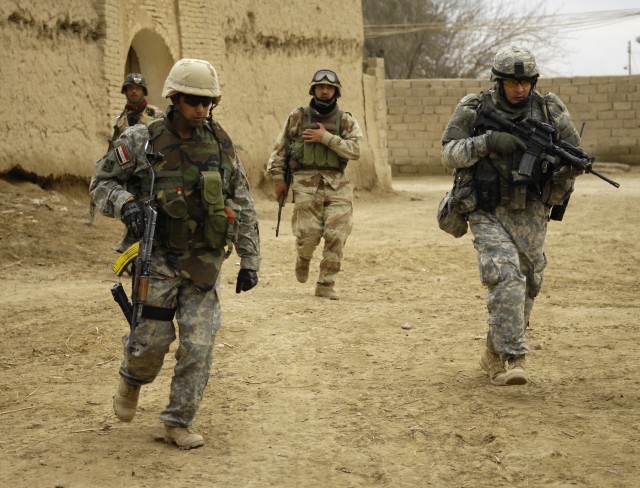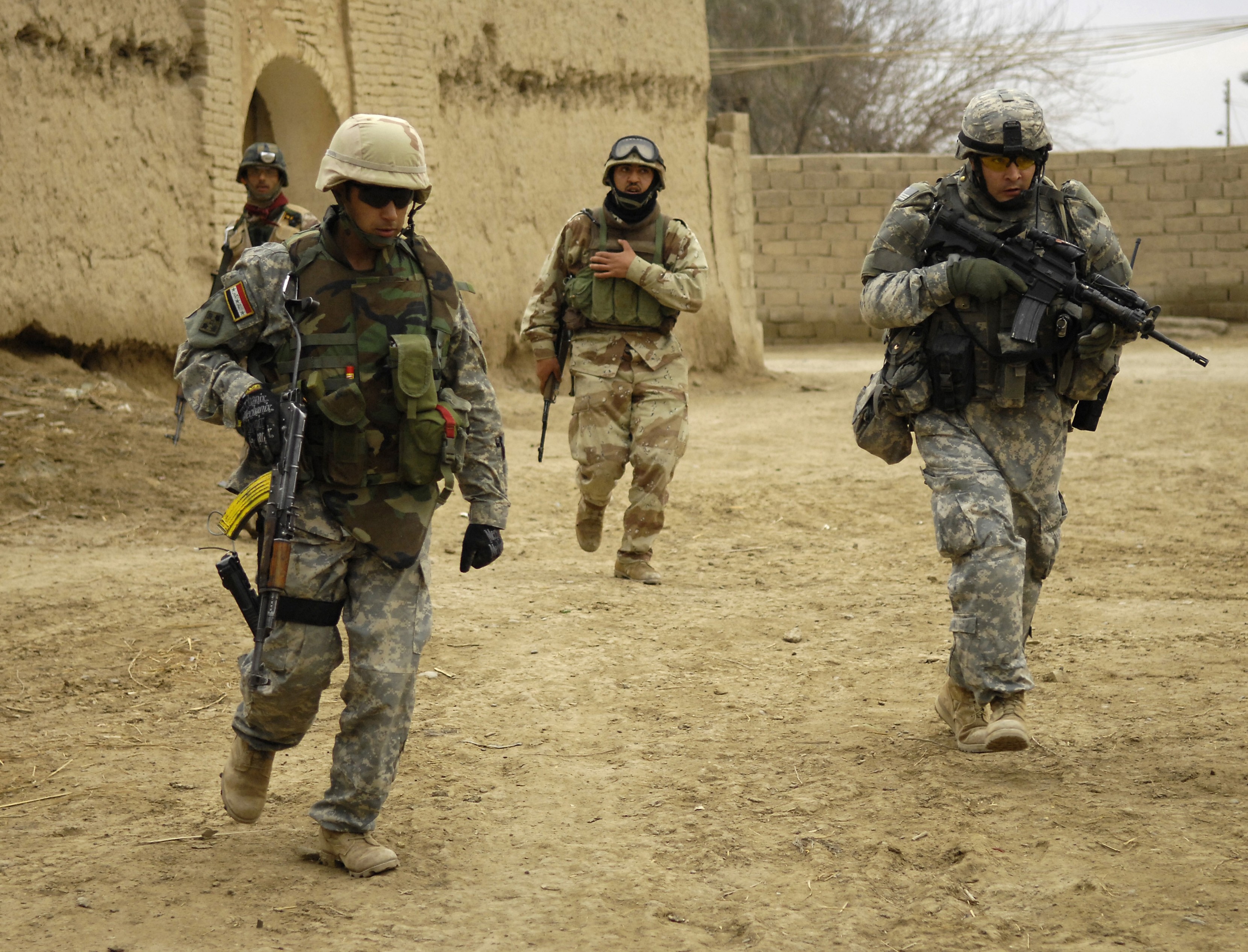
WASHINGTON (Army News Service, Feb. 27, 2007) - The Army and Marine Corps units that will make up the 21,500-troop surge to Iraq will meet the same standards of training as every unit that deploys and have all the equipment they need to accomplish the mission, leaders from the two services said here yesterday.
The Army is deploying five brigade combat teams and a division headquarters to Iraq, in addition to extending one National Guard brigade combat team already in theater. None of the five BCTs will deploy with less than a year between deployments, and each will meet the Army's pre-deployment training regimen, Army Maj. Gen. Richard Formica, director of force management, told reporters at a Pentagon media roundtable.
"The secretary of the Army and chief of staff of the Army remain committed to providing to the combatant commander the best-trained, best-equipped and best-led force in the world," Formica said. "With the plus-up, that commitment will not change. Our deploying units will be manned, trained and equipped, and they will be ready for their specified missions."
The Army has deployed more than 60 BCTs to Iraq over the past four years, Formica said. As lessons are learned in theater, they are applied to the pre-deployment training regimen to make it more effective. Commanders at every level have assessed the readiness of their units and, at this point, have determined that they are or will be ready for their assigned mission, he said. He added that commanders have the full support of the chain of command to ensure that any additional resources that are required will be provided.
"We're committed to sending trained and ready units to the fight," he said.
Army Brig. Gen. Charles Anderson, director of force modernization, challenged recent media reports stating that the units that will be part of the surge have severe equipment shortages. That is simply not true, he said, emphasizing that the Army does not compromise its force-protection standards for deploying units.
The units involved in the surge were already scheduled to deploy, so most of their equipment needs have been met, Anderson said. Army leaders have a weekly teleconference with commanders in the theater, he said, and equipping liaisons go with deploying units.
Anderson said the units deploying as part of the surge will have the same force protection equipment all Army units deploy with, including unmanned aerial vehicles, unit tracking devices, satellite communications, vehicular radios, handheld radios, and active aerial sensors to improve situational awareness. They also have night-vision devices, long-range thermal sensors, thermal weapons sites, sniper rifles and long-range munitions to avoid detection. Also, the units have route-clearance equipment, helicopters equipped with aircraft survivability equipment, counter-improvised explosive device equipment, tank and Bradley survivability kits, armored gun shields, and comprehensive vehicle and body armor.
"The Army's No. 1 priority is the protection of the Soldier," Anderson said. "We achieve protection from a holistic perspective and, contrary to recent print, the plus-up of forces will have the equipment they need."
(Sgt. Sara Wood writes for the Armed Forces Press Service.)

Social Sharing